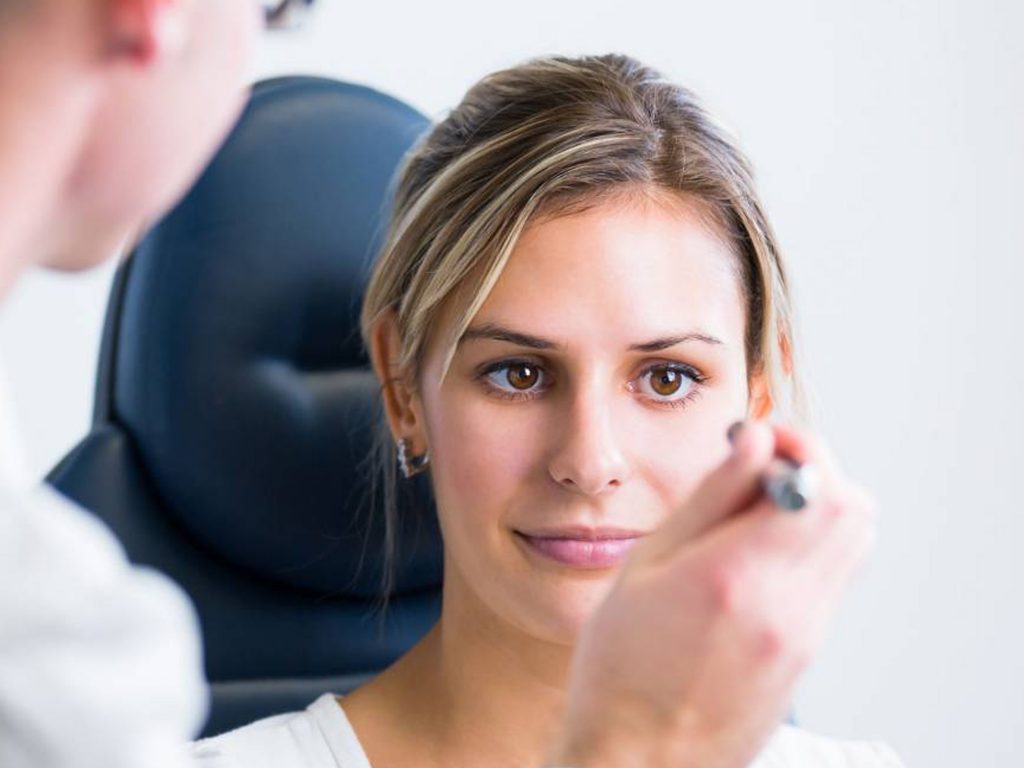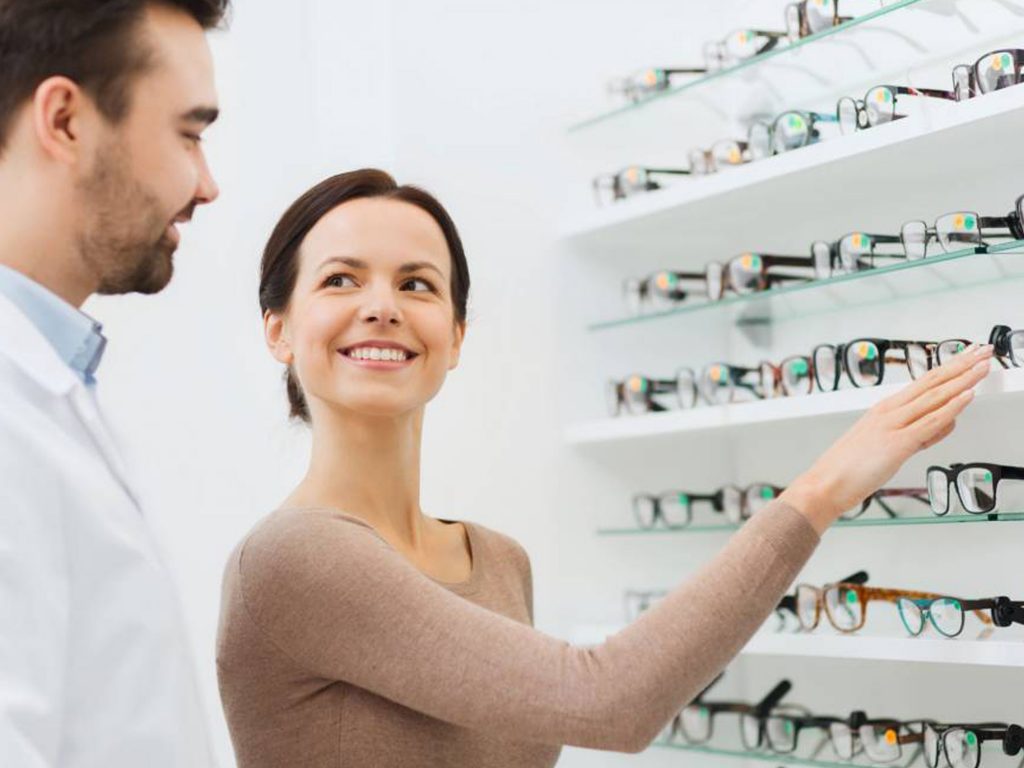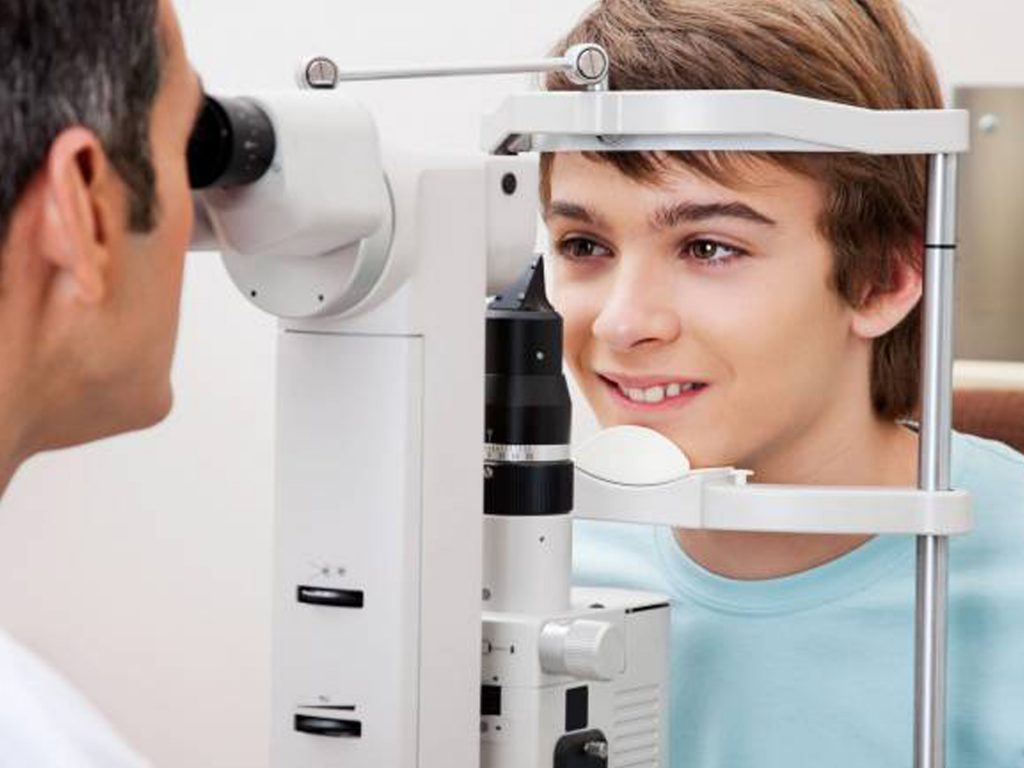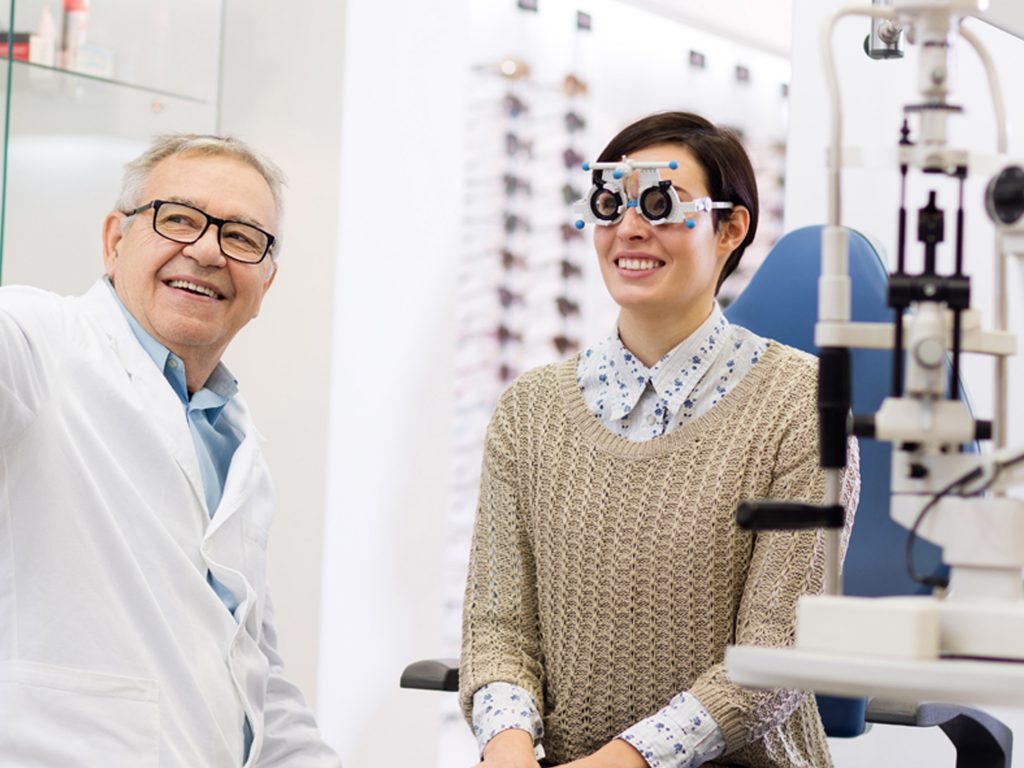At all of our stores eye examination is conducted by a professional Optometrist. The Optometrist ensures that each and every patient is provided with the best comprehensive eye examination and thereafter with the proper treatment of any vision related problems by the use of glasses, contact lenses, low vision aids or vision therapy.
The best way to ensure good vision is through regular, comprehensive eye examinations. In addition to ensuring proper eyesight, regular exams allow the early detection and treatment of diseases.
The general eye examination


The general eye examination
Case History
Visual Acuity
Slit Lamp Examination
Auto Refractometry/ Retinoscopy
Additional procedures such as Keratometry, Tonometry, Binocular vision assessment, Colour vision assesment may be required for various patients o a case to case basis.
Additional procedures such as Keratometry, Tonometry, Binocular vision assessment, Colour vision assesment may be required
Subjective Refraction
CASE HISTORY
Here in the patient will need to supply information about their visual and general health history, medications, signs and symptoms of vision problems and other background information.
These are divided into 3 categories:
Ocular : The physical condition of your eye, including past injuries, infections, surgeries, changes in vision correction, previous eye examination etc.
General : Lifestyle of the patient, including the past and current condition of your health, what medications you have taken, plus cigarette smoking etc. Also the general reading habits of the patient, visual needs for playing sports, driving, computer use etc.
Family : Family members with health issues such as high blood pressure, diabetes, thyroid dysfunction, coronary artery disease etc.. Also history of family members having any sort of refractive error.

VISUAL ACUITY

Visual acuity is a measure of the spatial resolution of the visual processing system. VA is tested by requiring the person whose vision is being tested to identify so-called letters on a viewing screen.
The test is used to determine the vision of the patient without the use of any sort of correction.
This test determines how well your eye can recognize and differentiate images, letters and symbols. It is measured for distance and near vision with standardized eye charts, at standardized testing distances, under specific lighting.
Normal visual acuity is commonly referred to as 6/6 vision. A human eye with nominal performance is able to separate contours that are approximately 1.75 mm apart at a distance of 6 metres.
SLIT LAMP EXAMINATION
The Slit Lamp Biomicroscope is an instrument which is used for evaluation of the external parts of each eye and the surrounding associated tissues and fissures. The Optometrist examines the eyelids, eyelashes, conjunctiva, iris, cornea, crystalline lens and the anterior chamber. The binocular slit-lamp examination provides a stereoscopic magnified view of the eye structures in detail, enabling anatomical diagnoses to be made for a variety of eye conditions.

AUTO REFRACTOMETRY / RETINOSCOPY

Refraction is a process your eye care professional uses to measure your refractive error, or vision problem. During a comprehensive eye examination, your Optometrist uses refraction to determine how much power is needed to bring your eyes to normal, perfectly focused vision. Your doctor will decide if glasses, contact lenses or laser vision correction will yield you the most clear eyesight. Refraction consists of two parts, objective and subjective.
An objective refraction is a refraction obtained without receiving any feedback from the patient. An objective refraction is obtained by using different instruments. Your doctor will use a retinoscope or auto-refractor to measure your refraction without asking for subjective responses from you.
